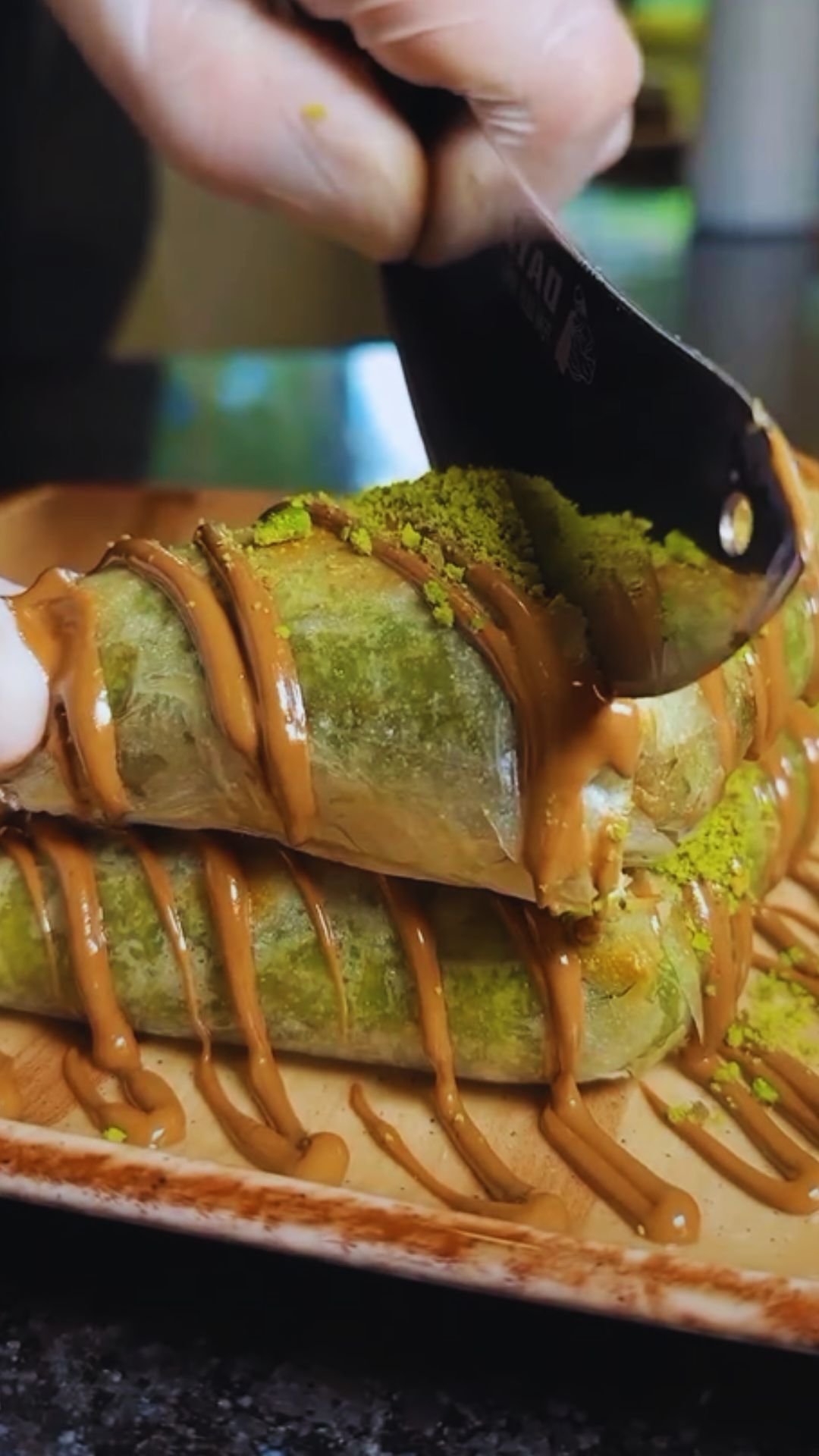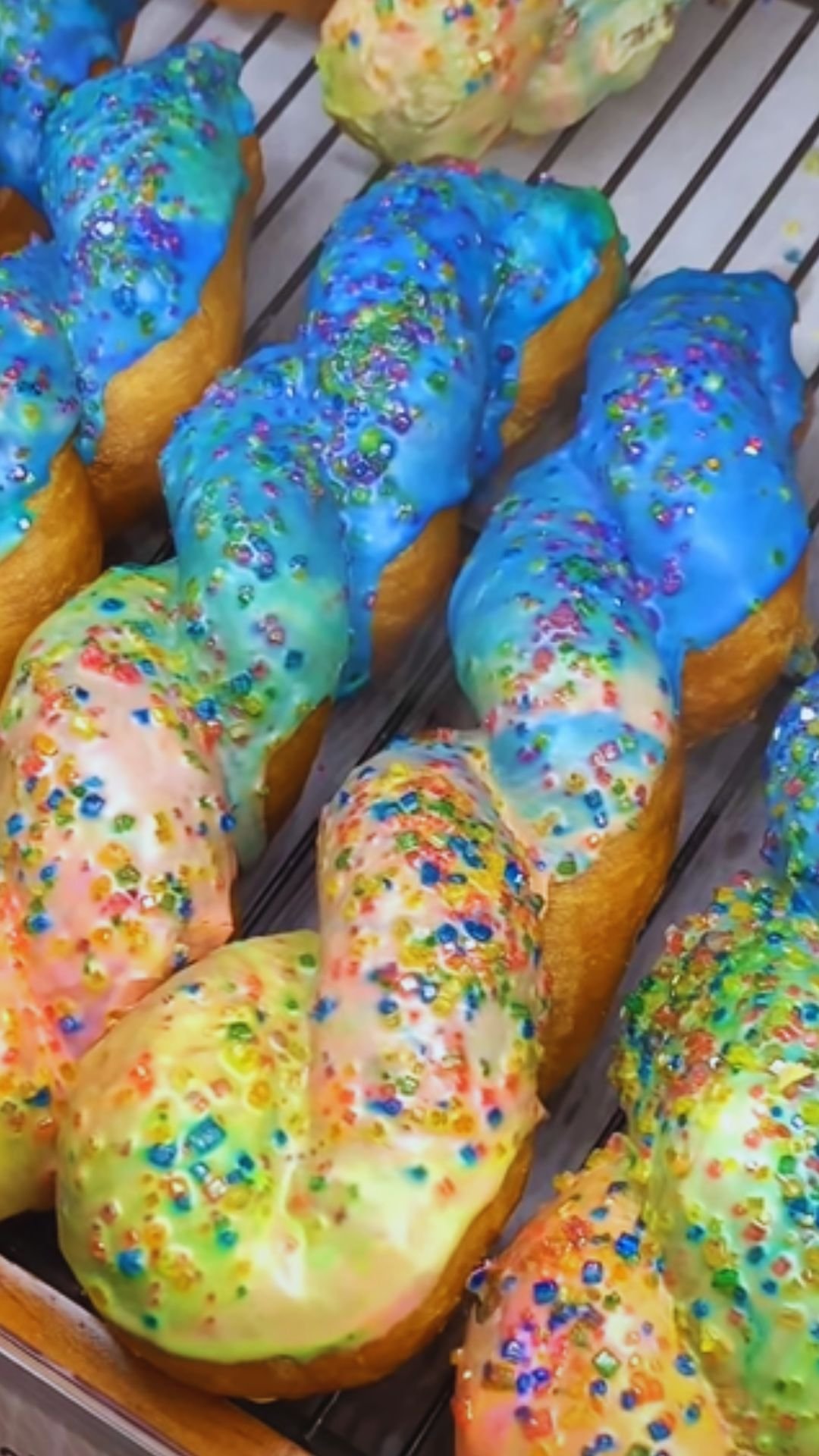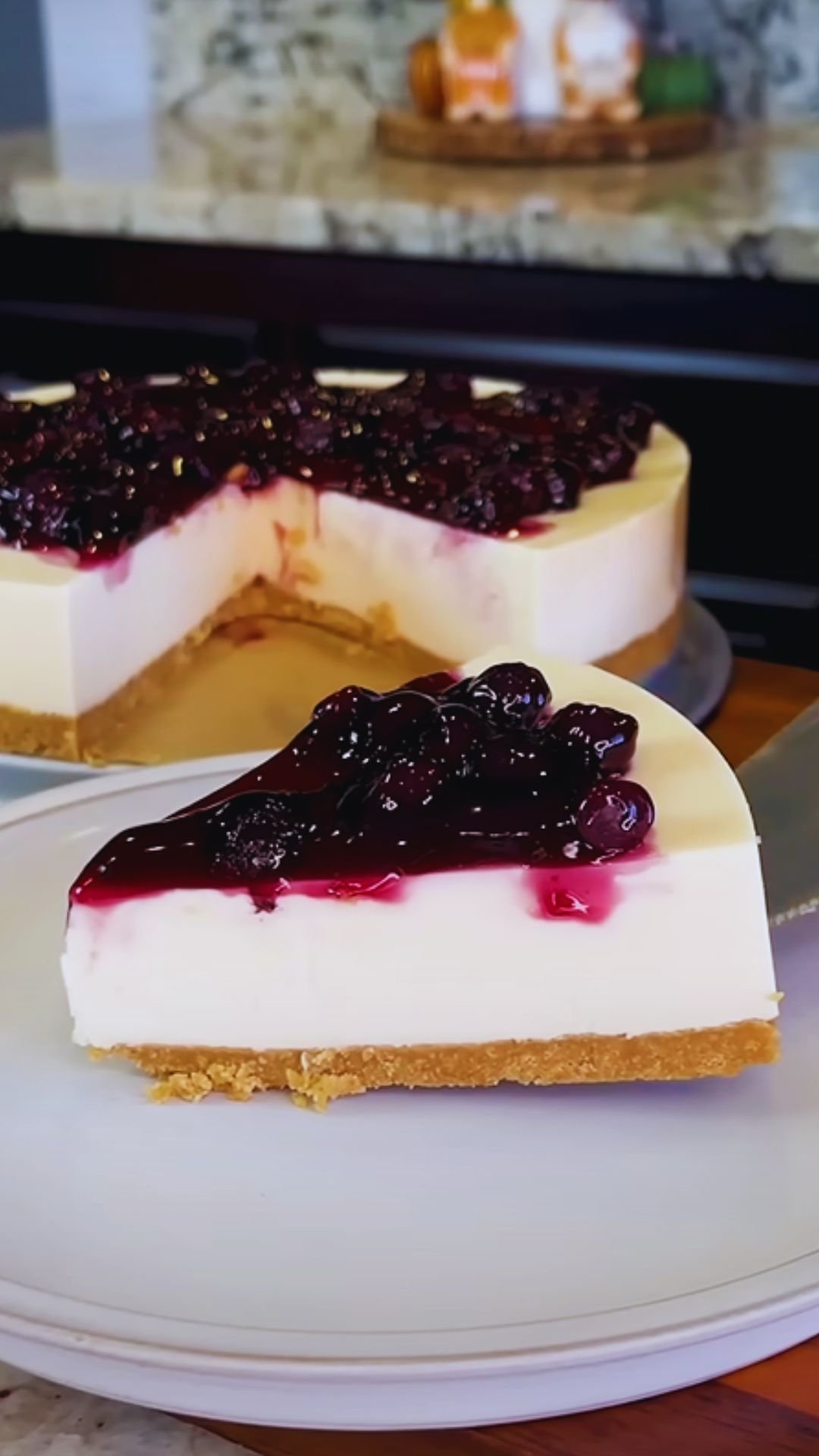Have you ever craved the sweet, nutty flavors of baklava but felt intimidated by the traditional layering process? I certainly have! That’s why I’m thrilled to share my simplified twist on this Middle Eastern classic: Pistachio Honey Baklava Rolls. These delightful treats maintain all the authentic flavors you love—crispy phyllo, aromatic pistachios, and sweet honey syrup—but in a much more approachable roll format that anyone can master.
As someone who’s been experimenting with Mediterranean desserts for years, I’ve found that these rolls are not only easier to prepare than traditional baklava but also make for a more elegant presentation at gatherings. The cylindrical shape creates the perfect ratio of flaky pastry to nutty filling in each bite, and the honey syrup gets distributed more evenly throughout.
So put on your apron, clear some counter space, and let’s create something that will impress your family and friends without keeping you chained to the kitchen all day!
What Makes These Baklava Rolls Special
Before we dive into the recipe, let me highlight what makes these baklava rolls worth trying:
- Simplified Technique: No more stacking dozens of delicate phyllo sheets—just roll and bake!
- Perfect Portion Control: Each roll is an individual serving, making them ideal for gatherings
- Balanced Flavor Profile: The honey syrup perfectly complements the pistachios without overwhelming them
- Make-Ahead Friendly: These rolls actually taste better the next day after the syrup has fully permeated the pastry
- Impressive Presentation: The spiral pattern and vibrant green pistachios create a stunning visual effect
Essential Ingredients
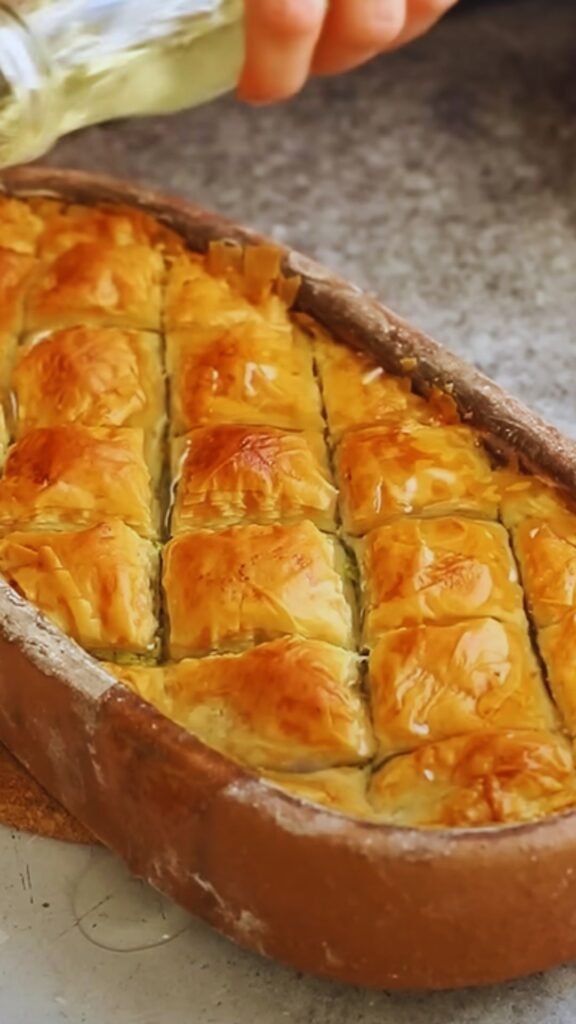
For truly exceptional baklava rolls, ingredient quality matters significantly. Here’s what you’ll need and why each component is important:
For the Filling:
- Pistachios: 2 cups, shelled and unsalted
- Why it matters: Pistachios are the star of this show. Their vibrant color and unique flavor create the signature taste of this baklava. Always use unsalted nuts to control the overall salt level.
- Walnuts: 1 cup, shelled
- Why it matters: Walnuts add depth and a complementary texture to the pistachios. Their slight bitterness balances the sweetness of the honey syrup.
- Granulated Sugar: 1/4 cup
- Why it matters: Just enough to sweeten the nut mixture without making it cloying.
- Ground Cinnamon: 2 teaspoons
- Why it matters: Cinnamon adds warmth and complexity that elevates the nut filling beyond a simple sweetness.
- Ground Cardamom: 1/2 teaspoon
- Why it matters: This aromatic spice brings a subtle floral quality that makes these rolls truly special.
- Orange Zest: 1 tablespoon, freshly grated
- Why it matters: The citrus oils in the zest cut through the richness and add a bright note.
For the Pastry:
- Phyllo Dough: 1 package (16 oz), thawed according to package directions
- Why it matters: Phyllo creates those delicate, crispy layers that shatter beautifully when bitten into.
- Unsalted Butter: 1 cup (2 sticks), melted
- Why it matters: Butter adds richness and helps achieve that golden-brown color. Unsalted allows you to control the saltiness.
For the Honey Syrup:
- Honey: 1 cup, preferably a lighter variety like clover or orange blossom
- Why it matters: The floral notes in good-quality honey create a complex sweetness.
- Granulated Sugar: 1/2 cup
- Why it matters: Combined with honey, it creates the perfect consistency for the syrup.
- Water: 1/2 cup
- Why it matters: Helps dissolve the sugar and create the proper syrup consistency.
- Lemon Juice: 1 tablespoon, freshly squeezed
- Why it matters: The acidity prevents the syrup from becoming too sweet and helps preserve the baklava.
- Vanilla Extract: 1 teaspoon
- Why it matters: Adds depth and complexity to the syrup.
- Orange Blossom Water: 1 teaspoon (optional but recommended)
- Why it matters: This traditional ingredient adds an authentic aroma that transports you straight to the Mediterranean.
Equipment You’ll Need
- Food processor (for chopping nuts)
- Pastry brush
- Sharp knife
- Baking dish (9×13 inch)
- Small saucepan (for the syrup)
- Clean kitchen towel (for keeping phyllo dough from drying out)
- Measuring cups and spoons
Detailed Preparation Steps
Preparing the Nut Filling
- Process the nuts: Place pistachios and walnuts in a food processor and pulse until coarsely chopped. You want pieces, not powder—this creates the perfect texture.
- Mix the aromatics: In a medium bowl, combine the chopped nuts with sugar, cinnamon, cardamom, and orange zest. Mix thoroughly to ensure even distribution of the spices.
- Taste test: Take a small pinch of the mixture and taste it. The filling should be flavorful but not overly sweet, as the honey syrup will add additional sweetness later.
Working With Phyllo Dough
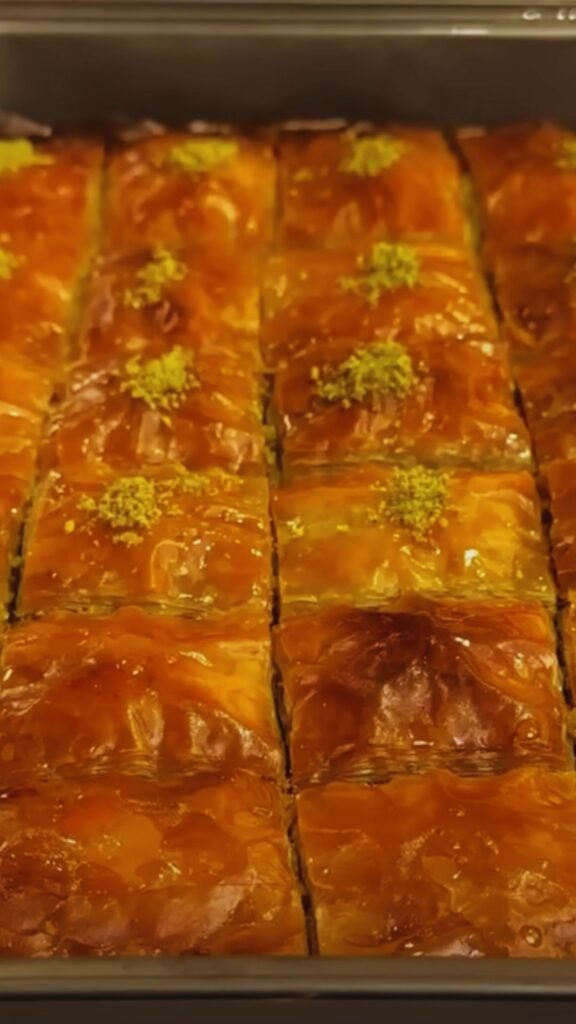
Working with phyllo can seem intimidating, but I’ve developed some foolproof techniques over the years:
- Proper thawing: Thaw your phyllo dough in the refrigerator overnight, never at room temperature, as this can make it gummy.
- Create a workstation: Before unwrapping the phyllo, have everything else ready—melted butter with brush, nut filling, and a clean, dry surface.
- Prevent drying: Unroll the phyllo and immediately cover with a slightly damp kitchen towel. Only uncover when you’re actively working with a sheet.
- Handle with care: Phyllo tears easily, but don’t panic if this happens! Small tears won’t be noticeable in the final product.
Assembly Process
Now comes the fun part—creating the actual rolls:
- Prepare your surface: Lay one sheet of phyllo on your work surface and brush lightly with melted butter. Remember that “lightly” is key here—too much butter will make the rolls greasy.
- Layer and butter: Place another sheet on top and brush with butter again. Repeat with a third sheet. This triple layer creates the perfect thickness for rolling.
- Add filling: Sprinkle about 3-4 tablespoons of the nut mixture evenly across the short end of the phyllo, leaving about 1 inch free at the edges.
- Roll technique: Starting from the nut-covered end, gently roll the phyllo away from you, creating a tight cylinder. Think of it like rolling sushi, maintaining even pressure throughout.
- Seal the edges: Brush the final edge with a bit more butter to help seal the roll.
- Slice carefully: Using a sharp knife, cut the roll into 1.5-inch pieces. A serrated knife works best for this, as it won’t crush the delicate phyllo.
- Arrange in pan: Place the cut pieces in your buttered baking dish, cut side up, making sure they’re close but not squished together.
- Repeat and fill: Continue this process with the remaining phyllo and filling until your baking dish is full or you run out of ingredients.
- Final butter brush: Before baking, brush the tops of all rolls with the remaining melted butter, ensuring every exposed bit of phyllo gets a light coating.
Baking to Perfection
- Preheat properly: Ensure your oven is fully preheated to 350°F (175°C) before baking. An oven thermometer can verify this if you’re unsure about your oven’s accuracy.
- Baking time: Bake for 40-45 minutes, or until the baklava rolls are golden brown and crisp. The exact time may vary depending on your oven, so start checking at the 35-minute mark.
- Visual cues: Look for an even, deep golden color across the tops of the rolls. The phyllo should look dry and crisp, not pale or soggy.
Crafting the Perfect Honey Syrup
While the baklava is baking, prepare your syrup:
- Combine ingredients: In a small saucepan, combine honey, sugar, water, and lemon juice.
- Heat gradually: Bring to a gentle boil over medium heat, stirring occasionally to ensure the sugar dissolves completely.
- Simmer: Once boiling, reduce heat and simmer for 5 minutes without stirring.
- Add aromatics: Remove from heat and stir in vanilla extract and orange blossom water if using.
- Temperature matters: Allow the syrup to cool slightly while the baklava finishes baking. The syrup should be warm but not hot when poured over the baklava.
The Critical Soaking Process
The way you add the syrup to the baked baklava is crucial for the perfect texture:
- Hot pastry, warm syrup: Pour the warm (not hot) syrup over the baklava immediately after it comes out of the oven. This temperature difference is crucial—it creates the signature sizzle that helps the pastry absorb the syrup properly.
- Even distribution: Pour the syrup slowly and evenly over all the rolls, making sure to get into all the crevices.
- Let it soak: Allow the baklava to sit uncovered until completely cooled. During this time, the rolls will absorb the syrup, creating that distinctive texture.
Storage and Serving Suggestions
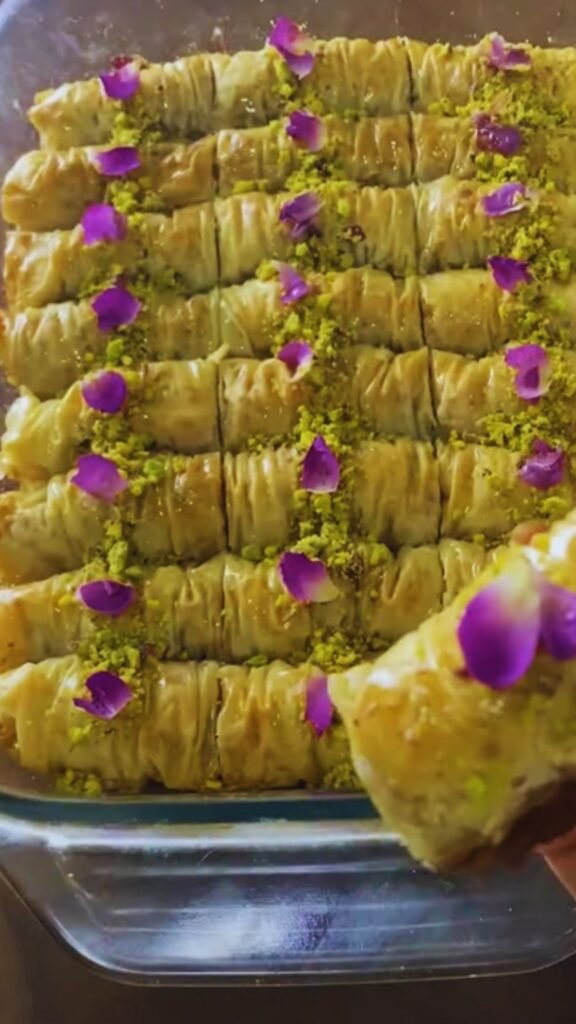
Storage Tips:
- Room temperature: Store in an airtight container at room temperature for up to 2 weeks. Never refrigerate baklava, as this will make the phyllo soggy.
- Separation layers: If stacking, place parchment paper between layers to prevent sticking.
- Freezing option: These rolls freeze beautifully! Place in an airtight container with parchment between layers and freeze for up to 3 months. Thaw at room temperature before serving.
Perfect Serving Ideas:
- Traditional accompaniment: Serve with strong Turkish or Greek coffee for an authentic experience.
- Modern pairings: These rolls pair wonderfully with a scoop of vanilla ice cream or a dollop of lightly sweetened whipped cream.
- Garnish options: Just before serving, sprinkle with additional finely chopped pistachios for color and texture contrast.
- Temperature: Baklava is best enjoyed at room temperature, when the textures and flavors are most pronounced.
- Serving size: Despite being sweet, these rolls are surprisingly light. Plan for 2-3 rolls per person.
Nutritional Information
For those watching their intake, here’s a breakdown of what you can expect from one baklava roll:
| Nutrient | Amount per Roll | % Daily Value* |
|---|---|---|
| Calories | 180 | 9% |
| Total Fat | 12g | 15% |
| Saturated Fat | 4g | 20% |
| Cholesterol | 15mg | 5% |
| Sodium | 5mg | 0% |
| Total Carbohydrate | 18g | 7% |
| Dietary Fiber | 1g | 4% |
| Sugars | 12g | 24% |
| Protein | 3g | 6% |
| Calcium | 20mg | 2% |
| Iron | 0.5mg | 3% |
| Potassium | 80mg | 2% |
*Based on a 2,000 calorie diet
Common Challenges and Solutions
| Challenge | Cause | Solution |
|---|---|---|
| Phyllo dough tears | Too dry or handled roughly | Keep covered with damp towel and don’t worry about small tears—they’ll be hidden in the rolls |
| Rolls unravel during baking | Not enough butter at the sealing edge | Make sure to brush the final edge well with butter before rolling |
| Baklava too dry | Not enough syrup or improper pouring technique | Ensure warm syrup is poured over hot baklava evenly, getting into all crevices |
| Baklava too soggy | Too much syrup or improper cooling | Use the exact measurements for syrup and allow proper cooling time |
| Filling falls out during cutting | Cut too roughly or filling too coarse | Use a very sharp knife and ensure nuts are chopped to medium consistency |
| Uneven browning | Oven hot spots | Rotate pan halfway through baking for even coloring |
Variations to Try
Want to experiment with different flavors? Here are some delicious variations:
- Pistachio-Rose: Add 1 teaspoon of rose water to the syrup and sprinkle dried rose petals over the finished baklava for a Persian-inspired version.
- Hazelnut-Chocolate: Replace half the pistachios with hazelnuts and drizzle melted dark chocolate over the finished rolls for a dessert that will please chocolate lovers.
- Almond-Lemon: Substitute almonds for the walnuts and use lemon zest instead of orange for a lighter, brighter flavor profile.
- Walnut-Cinnamon: For a more traditional approach, use all walnuts with extra cinnamon and a touch of cloves.
- Fig-Walnut: Add 1/2 cup of finely chopped dried figs to the nut mixture for a delightful texture contrast and natural sweetness.
Questions and Answers
Q: Can I make these baklava rolls ahead of time for a party?
Absolutely! In fact, baklava actually improves with time as the flavors meld together. I recommend making these 1-2 days before your event. Store them in an airtight container at room temperature, and they’ll be perfect when you’re ready to serve.
Q: My phyllo dough keeps drying out and cracking. What am I doing wrong?
Phyllo dries out incredibly quickly when exposed to air. The key is to work efficiently and keep the unused sheets covered with a slightly damp kitchen towel at all times. Only uncover the stack when you’re ready to take a new sheet, and immediately re-cover the remaining sheets.
Q: Is there a nut-free version I can make for guests with allergies?
While traditional baklava does rely on nuts for its characteristic flavor and texture, you can create a similar experience using seeds like sunflower or pumpkin seeds, ground to a similar consistency as the nuts. You could also try using crushed graham crackers mixed with spices for a completely different but delicious variation.
Q: My baklava isn’t as crisp as I’d like. How can I fix this?
Two possible issues might be causing this: First, your oven temperature might be too low. Consider using an oven thermometer to verify. Second, you might need to bake the rolls a bit longer—they should be a deep golden brown before adding the syrup. Remember that they will soften slightly after the syrup is added, so starting with a very crisp base is important.
Q: How do I prevent the baklava from becoming too sweet?
The key is in the syrup—if you prefer a less sweet version, reduce the sugar in the syrup by up to 1/4 cup. Also, adding a bit more lemon juice (up to an additional teaspoon) will cut through the sweetness. Remember that the syrup will seem very sweet on its own, but when absorbed into the pastry and combined with the nuts, the overall sweetness balances out.
Q: Can I use olive oil instead of butter to make these dairy-free?
Yes, you can use olive oil, but it will significantly change the flavor profile. If you’re looking for a dairy-free option, I’d recommend using a neutral-flavored coconut oil or a high-quality vegetable oil instead. Butter definitely contributes to the traditional flavor, but the rolls will still be delicious with these substitutions.
Why These Baklava Rolls Will Become Your Signature Dessert
There’s something magical about serving homemade baklava to friends and family. The combination of crisp phyllo, aromatic nuts, and sweet honey creates an experience that store-bought versions simply can’t match. These rolls, with their perfect portion size and elegant presentation, offer all the traditional flavors in a more approachable format.
What I love most about this recipe is how it connects us to centuries of culinary tradition while fitting perfectly into our modern lives. The technique has been simplified, but the soul of the dish remains intact. Plus, the make-ahead nature of baklava means you can prepare it when convenient and enjoy it at its peak flavor a day or two later.
Whether you’re serving these at a holiday gathering, bringing them to a potluck, or simply treating yourself to something special, these pistachio honey baklava rolls are sure to impress. The vibrant green pistachios, golden phyllo, and glistening honey syrup create a dessert that’s as beautiful as it is delicious.
So go ahead—try this recipe and start your own tradition of homemade baklava. I promise that once you master these rolls, you’ll never want to go back to store-bought again!
